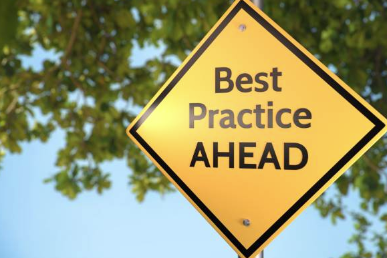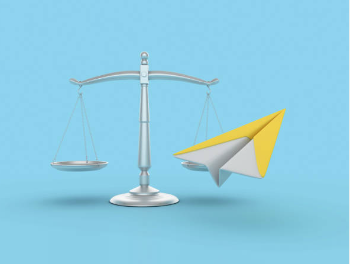
“Don’t get greedy, and always have a good plan.” It’s the trading mantra I swear by, and trust me, it’s saved more than a few headaches. Now, the first part of that plan? You gotta have your risk under control. Most successful traders have a risk-to-reward ratio that keeps their losses in check and lets the wins flow in. Some go with a 2:1 ratio, others maybe 3:1. But what does that actually mean?

Let’s break it down. Say you’re willing to lose 5% on a trade, but you’re aiming for a 10% gain. You’d set a stop-loss at 5% below where you bought and a limit order at 10% above. Simple, right? Well, it should be, but here’s the thing—new traders rarely think about controlling risk. They get in, the trade starts tanking, but instead of cutting their losses, they cross their fingers and hope it bounces back. Spoiler alert: It often doesn’t. Next thing you know, they’re staring at a 30% (or worse) loss, wishing they had bailed earlier.

In trading, losses are part of the game. The trick? Keep your winners bigger than your losers. A solid risk-to-reward plan is key to survival. If you’re not controlling your risk, you’re gambling, not trading. And if you’re gonna be around in six months, you need to get a grip on how you manage each and every trade.
“Don’t get greedy, and always have a good plan.” It’s the trading mantra I swear by, and trust me, it’s saved more than a few headaches. Now, the first part of that plan? You gotta have your risk under control. Most successful traders have a risk-to-reward ratio that keeps their losses in check and lets the wins flow in. Some go with a 2:1 ratio, others maybe 3:1. But what does that actually mean?
Let’s break it down. Say you’re willing to lose 5% on a trade, but you’re aiming for a 10% gain. You’d set a stop-loss at 5% below where you bought and a limit order at 10% above. Simple, right? Well, it should be, but here’s the thing—new traders rarely think about controlling risk. They get in, the trade starts tanking, but instead of cutting their losses, they cross their fingers and hope it bounces back. Spoiler alert: It often doesn’t. Next thing you know, they’re staring at a 30% (or worse) loss, wishing they had bailed earlier.

In trading, losses are part of the game. The trick? Keep your winners bigger than your losers. A solid risk-to-reward plan is key to survival. If you’re not controlling your risk, you’re gambling, not trading. And if you’re gonna be around in six months, you need to get a grip on how you manage each and every trade.

Everyone has their own comfort level with risk. Some like to live dangerously; others prefer a cautious approach. Whatever your style, just make sure you’ve done the research, practiced your strategy, and most importantly, stick to it. Not just sometimes—every single time. The market doesn’t care about your feelings, and if you don’t control your risk, your account will go belly-up faster than you can say, “I should’ve stuck to the plan.”
Written By Scott Randy Gerber for The Traveling Day Trader ©All Rights Reserved 2024

